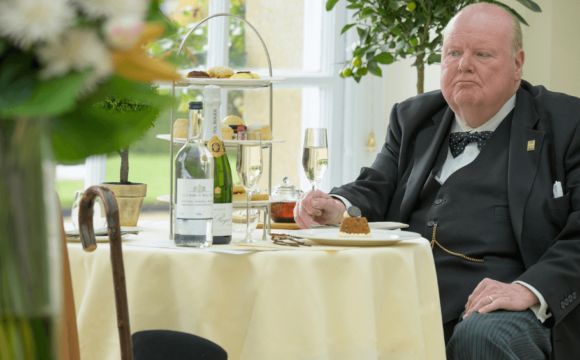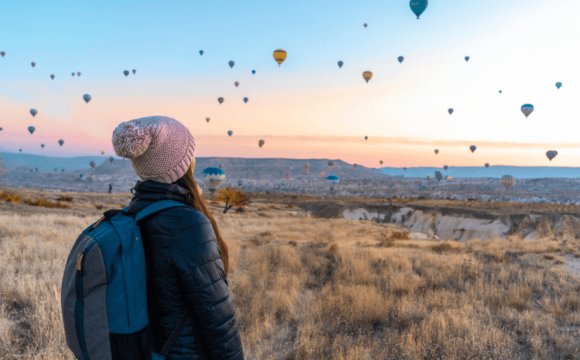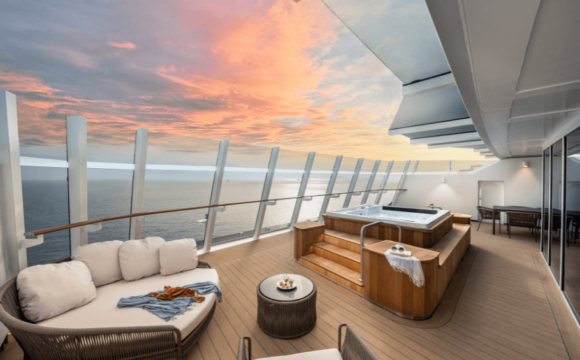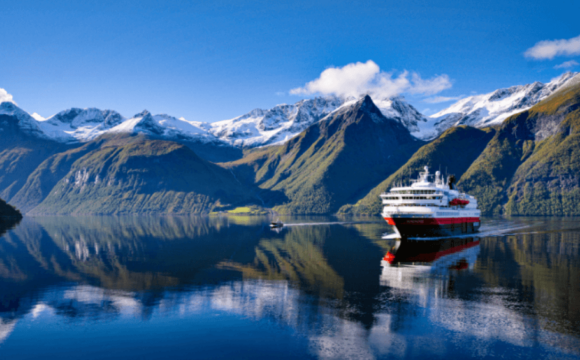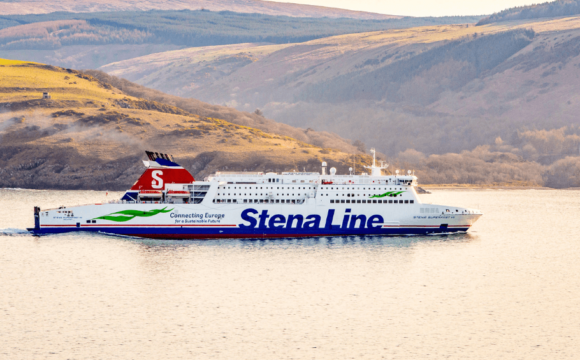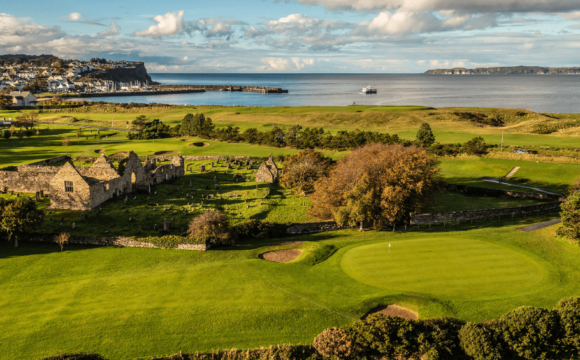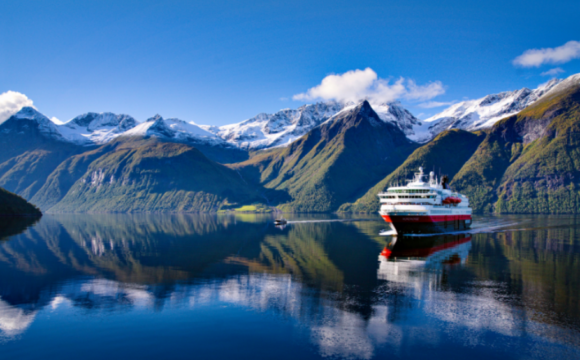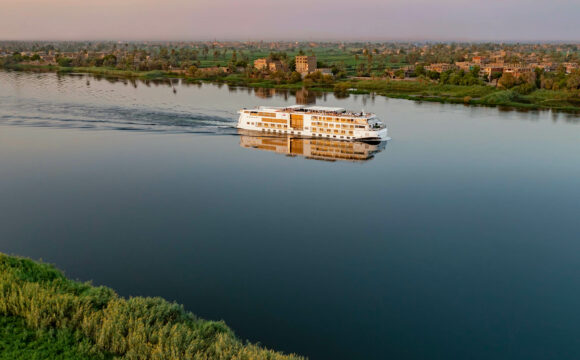Wowing visitors from all over the world with pristine beaches, crystal clear waters and fascinating flora and fauna, the Cayman Islands offers holidaymakers the chance to enjoy a slice of paradise.
To protect the delicate ecosystems of the archipelago for generations to come, the local government, members of the tourism industry and island residents have pulled together to implement sustainability measures across Grand Cayman, Cayman Brac and Little Cayman.
As global awareness surrounding current and future environmental challenges continues to rise, eco-conscious travellers can rest assured that there is a ‘greener and cleaner’ way to enjoy the Cayman Islands.
Reduce, Reuse, Recycle
With plastic pollution one of the major environmental problems the world faces, the Cayman Islands established a voluntary recycling programme in the late ‘90s. However, in recent years, many local businesses have taken further measures in choosing not to use single-use plastic products, such as straws and bags, instead offering alternatives made from paper, bamboo or other reusable materials. Meanwhile, the Kimpton Seafire Resort + Spa created a Community Bike & Walking Trail using recycled glass aggregate, a project that diverted millions of glass bottles away from landfills. Plastic Free Cayman, Cayman, a local advocacy group, was formed in 2018 to raise awareness and move the islands toward a plastic-free approach.
Stay with a clean conscience
Some of the resorts located in the archipelago have undergone efforts to improve sustainability. The aforementioned Kimpton Seafire Resort + Spa, for example, installed 100,000 watts of solar panels that cover the entire roof of the building, as well as using LED lighting across all of its rooms to make the property more energy efficient.
Meanwhile, scheduled to open in Q2 2024, is Hotel Indigo Grand Cayman, which is being built to LEED standards ensuring high-performance buildings that have less of an impact on the environment. Hotel Indigo will use a geothermal/ice storage combination and features insulated glazing throughout to reduce energy consumption of its 282-room 10-storey beachfront property.
Saving the Seas
The Cayman Islands is already making inroads in order to protect the archipelago for generations to come. Marine Parks have been long established in Grand Cayman to protect coral reefs and other ecosystems, which has the added benefit of increasing resilience to climate change.
The National Conservation Act which passed in 2013 and is administered via the National Conservation Council, allows the Cayman Islands to protect and conserve endangered, threatened, and endemic plants, wildlife and their habitats through policy informed by the scientific research of the Cayman Islands Department of Environment. Island visitors keen to explore Cayman’s most pristine underwater ecosystems can request of their dive operator to visit Bloody Bay Marine Park, where coral formations thousands of years old thrive in crystal clear waters plunging to depths of 6,000m (20,000 ft). This Marine Protected Area is just one of several across the islands where fishing and water activities are regulated to promote sustainable use of natural resources.
The Little Cayman Research Centre located adjacent to Bloody Bay Marine Park is home to the Central Caribbean Marine Institute dedicated to preserving vibrant oceans and healthy reefs.
Saving the Skies
The Cayman Islands boast no less than 253 bird species, making the region a paradise for keen ornithologists. The red-footed booby is a large brown and white seabird with, as the name suggests, bright red feet and a long, dagger-like beak. Little Cayman is home to one of the biggest colonies of red-footed boobies in the Western Hemisphere, where visitors can observe them at the dedicated Booby Pond Nature Reserve.
The Little Cayman Booby Pond and Rookery is managed by the National Trust for the Cayman Islands and, also a dedicated Ramsar site, it is home to approximately 7,000 red-footed booby birds; this accounts for at least 30% of the Caribbean’s total population of these beautiful birds and their distinctive red feet.
Blue Iguana & Turtle Conservation
The Cayman Islands is home to both the rare blue iguana, as well as its sister, the rock iguana.
Indigenous to Grand Cayman and the only place in the world where they are found in the wild, blue iguanas faced a bleak future at the turn of this century and, in 2002, the blue iguana was declared ‘functionally extinct’ with only an estimated 25 of the species remaining. However, thanks to the extensive breeding programme, in 2018 the 1000th iguana was released back into the wild. Today, the figure stands nearer 1700.
Ranging in colour from a blueish-grey shade to a vivid azure depending on temperature, mood and mating season, and with red eyes, these magnificent creatures can live up to 50 years.
Today, visitors can spot these amazing creatures at the Blue Iguana Conservation facility at the Queen Elizabeth II Botanic Park, where all entry fees help support Blue Iguana Conservation. Strolling the 65-acre green space, visitors will also come across an orchid garden that features four blooms endemic to Grand Cayman and a butterfly garden with five species that also are only found here.
Meanwhile, Cayman Turtle Conservation and Education Centre (CTCEC) on Grand Cayman has recently (September 2023) received The Travelife Partner award for sustainability. The accolade was presented in recognition of the long-term efforts and front-runner position of CTCEC regarding sustainability and Corporate Social Responsibility. CTCEC is a conservation, education, and scientific research organisation, and one of the largest tourist attractions in the Cayman Islands. Its mission and work encompass a multifaceted approach to the conservation of sea turtles and other indigenous animals and CTCEC is the first organisation in the Cayman Islands to have reached the Travelife Partner award.
Reconnect with Nature
Boasting a varied terrain that ranges from rugged cliffs to lush woodlands, paradise beaches to mysterious caves, holidaymakers are spoilt for choice when it comes to activities that explore the Great Outdoors. Hiking, biking, horse-riding, climbing, snorkelling, kayaking, caving and, of course, diving, are just a few of the pursuits island visitors of all ages can enjoy while immersing themselves into the Cayman Islands’ magnificent nature.
The ancient Mastic Trail is part of the National Trust for the Cayman Islands and offers an easy to moderate hiking route that passes through mangrove wetlands and past rare trees such as cedar and mahogany, as well as the region’s national plant, the wild banana orchid. Visitors can also encounter wildlife such as the Cayman’s native parrot, tropical butterflies, lizards, and large hermit crabs – to name just a few.
Sustainable Seafood
The Cayman Islands is often referred to as the ‘Culinary Capital of the Caribbean’ thanks to the region’s high quality local produce, with fresh fish and seafood playing an important part in the archipelago’s gastronomic offering.
To maintain a balanced marine life, in 2005 the sustainable seafood education programme Cayman Sea Sense was introduced ‘to help restaurants and their customers make informed and environmentally positive seafood choices’. Another important element of preservation efforts is the control of the lionfish population, a non-native species of predators that threatens Caribbean reefs and local small fish. As part of the control measures, the Cayman United Lionfish League (CULL) organises a quarterly lionfish culling to remove these pernicious invasive predators., resulting in some restaurants across the islands occasionally offering fresh lionfish on their menus in a variety of tasty dishes, ranging from lionfish ceviche, to fried lionfish tacos.
Farm-to-table dining
Foodies will love learning more about locally grown ingredients and how the culinary experts from Chellamella transform them into delicious dishes during an atmospheric moonlit dinner at the Queen Elizabeth II Botanic Park on Grand Cayman. Every month, gourmets can enjoy a six-course meal which champions local produce in innovative ways, as well as the rare opportunity to enjoy a late-night stroll through the park under the silver light of the Full Moon.
To discover more about the Cayman Islands, visit www.visitcaymanislands.com





